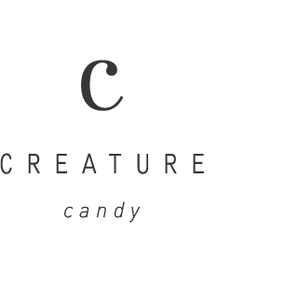This week is hedgehog awareness week, so if you are wondering how you can help hedgehogs, check out these top ten tips on what you can do to help hedgehogs in your garden here. You can also spread the word on social media using #hedgehogweek
Why not help raise funds for hedgehog conservation by purchasing one of our hedgehog products? We donate 10% of all our hedgehog products to the People's Trust for Endangered Species.
A Few Hedgehog Facts:
The most important invertebrates in their diet are worms, beetles, slugs, caterpillars, earwigs and millipedes.
Reproduction occurs any time between April and September, but the period of greatest activity, ‘the rut’, occurs in May and June in Britain.
The average litter size of four or five young, of which two or three are usually weaned successfully.
As the name suggests they are often found near hedgerows, which provide ideal locations for nest sites, a good supply of invertebrates on which they feed, protection from predators and important movement corridors.
During hibernation hedgehogs are not really asleep, instead they drop their body temperature to match their surroundings and enter a state of torpor.
Hedgehogs usually hibernate from October/November through to March/April.
Badgers are the principal natural predator of hedgehogs in the UK, as they are the only creature strong enough to overcome the spiny defences.
We appear to have lost around 30% of the population since 2002 and therefore it seems likely that there are now fewer than a million hedgehogs left in the UK.
Hedgehogs now appear to be declining in the UK at the same rate as tigers are globally – at around 5% a year, both in rural and urban habitats.
Shop Hedgehog Products:







